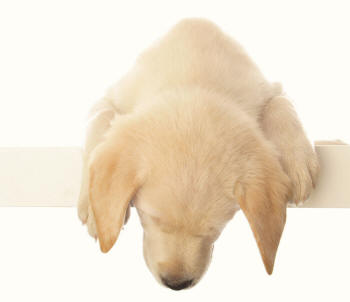Glossary
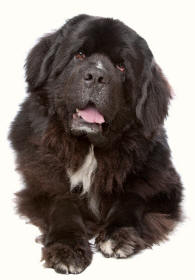
Limb
An appendage to the main body of an organism.
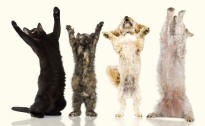

Caudal
Relating to, or located towards, the tail of an animal.
With reference to the limbs, caudal (and its opposite cranial) are only used to describe the portion of the limb that is proximal to the carpus (wrist or pastern) and tarsus (ankle or hock).
With reference to the limbs, caudal (and its opposite cranial) are only used to describe the portion of the limb that is proximal to the carpus (wrist or pastern) and tarsus (ankle or hock).
Cat Feet
Round and short feet (of
a dog).
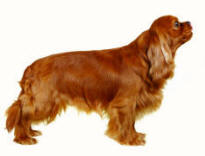

Oval Foot
Foot of medium length, longer than cat feet, but shorter than hare feet (of a dog)
Also known as spoon shaped.
Also known as spoon shaped.
Foot
The distal part of a limb that bears weight, and facilitates locomotion and manipulation.
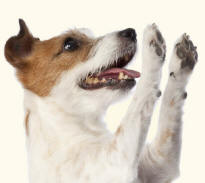

Hare Foot
Elongated feet (of a dog).
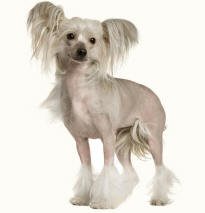

Toe
A digit of a foot .
Toes are named and identified by Roman numerals.
In a pentadactyl (five-fingered or five-toed) arrangement, the most medial digit, if present, is I (e.g. the human thumb) and the most lateral is V (e.g. the human little finger).
Toes are named and identified by Roman numerals.
In a pentadactyl (five-fingered or five-toed) arrangement, the most medial digit, if present, is I (e.g. the human thumb) and the most lateral is V (e.g. the human little finger).
Interdigital Space
The space between digits (toes).
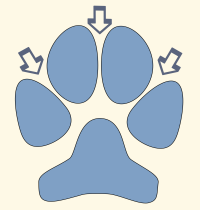

Webbing
Membrane of skin stretched between digits (toes). All or part of the toes may be attached.

Newfoundland puppies, as an example of a breed that usually has pronounced webbing.

Newfoundland puppies, as an example of a breed that usually has pronounced webbing.






